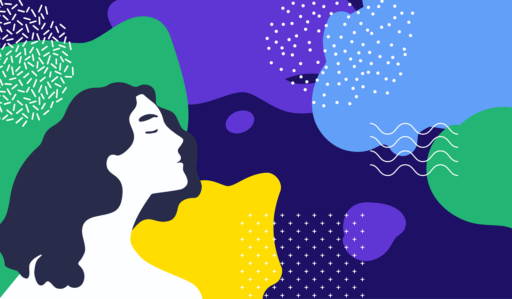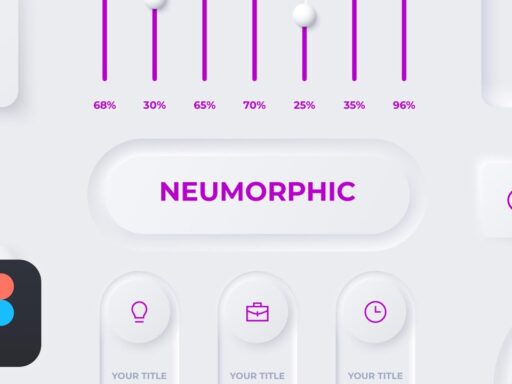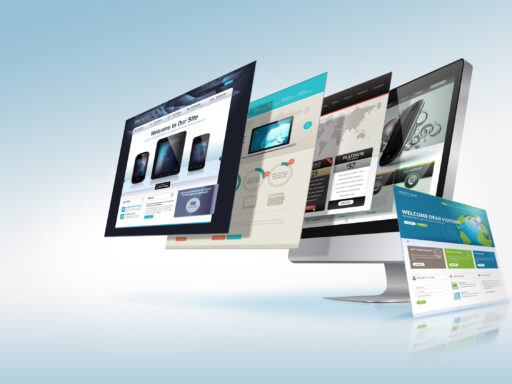What is the Psychology of Color in Web Design?
It is the study of how users’ perceptions and actions are affected by colors. It involves knowing how various colors are viewed and how to employ them to invoke particular feelings, set off particular moods, and affect user behavior. Color is a crucial component of web design that may improve user experience, convey a message, and assist build a strong brand identity.
Why is the Psychology of Color Important in Web Design?
Bright colors like orange, yellow, and red, for instance, can evoke feelings of urgency, enthusiasm, and energy. This is beneficial for call-to-action buttons and sales campaigns. Cool hues, on the other hand, including blue, green, and purple, can arouse feelings of security, peacefulness, and trust, which is advantageous for websites that deal with money, healthcare, or security.
By utilizing colors that are connected to the brand’s values and personality, color psychology can also assist in developing a strong brand identity. For instance, computer companies frequently employ the color blue since it stands for creativity, dependability, and trust. However, fast-food chains frequently utilize red because it evokes a feeling of excitement and hurry.
How Can Color Affect Mood, Emotion, and Brand Perception?
Colors have a variety of effects on perceptions of brands, emotions, and mood. Red, for instance, is frequently connected to fervor, excitement, and haste, whereas blue is connected to serenity, security, and trust. Yellow is connected to optimism and happiness, and green to nature, health, and growth.
It’s crucial to take your consumers’ feelings and ideals into account when selecting colors for your website. For instance, you might use a blue color scheme to instill confidence and serenity. On the other side, you might go with a crimson or orange/yellow color scheme to evoke a feeling of excitement and vitality.
How Can Color Affect Website Performance?
By affecting user behavior, colors can also have an impact on the functionality of websites. Call-to-action buttons, for instance, can stand out and encourage people to click on them by utilizing contrasting colors. In a similar vein, sticking to a brand-consistent color scheme helps build a strong brand identity that encourages user engagement and loyalty.
Play for Good incorporates gaming with vibrant color, sound, and animation to provide users an exciting, bold, and unforgettable experience.
It’s crucial to remember, though, that color by itself does not ensure a successful website. The performance of a website is also greatly influenced by other elements, like usability, functionality, and content. Therefore, to develop a website that is aesthetically pleasing, useful, and user-friendly, it is imperative to carefully use colors in conjunction with other web design aspects.
Colours and their impact
Red – Passionate and Energetic
The color red conjures feelings of passion, vigor, and excitement. It’s ideal for websites selling event tickets or eCommerce that wish to convey a sense of urgency. Red can also be utilized to instill a sense of urgency in the user, convincing them that they must act immediately.
Yellow – Cheerful and Warm
Warm and upbeat, yellow is a color that may be utilized to inspire enthusiasm and happiness. It is frequently connected to sunshine, which has the ability to evoke sentiments of coziness and warmth. Websites that advertise goods or services linked to happiness, like food or travel, do a great job of using the color yellow.
Blue – Calm and Trustworthy
Blue can evoke feelings of security and dependability because it is a tranquil and reliable color. Banks and other financial organizations frequently employ it because it instills confidence in users. Because it evokes feelings of serenity and relaxation, blue is also a popular color for social media platforms.
Green – Fresh and Natural
Green is a hue that is frequently connected to the natural world and surroundings. Because it can evoke feelings of renewal and fresh starts, it’s a great color choice for websites that support environmental or health-related goods. Green is a great color for websites that encourage yoga or meditation since it can also be used to instill a sense of tranquility and relaxation.
Purple – Luxurious and Regal
A sense of refinement and elegance can be evoked by the luxurious, royal hue purple. High-end stores and luxury businesses frequently utilize it because it conveys an air of exclusivity and majesty. Purple is a fantastic color for websites that promote art or design since it can also be used to inspire imagination and creativity.
Black – Powerful and Sophisticated
Black is an elegant and authoritative color that has the strength and sophistication to convey these qualities. Since it exudes exclusivity and sophistication, luxury businesses and high-end fashion outlets frequently utilize it. Black is a wonderful color choice for websites that promote entertainment or nightlife since it can also be used to create a sense of mystery and intrigue.
Conclusion
In web design, the psychology of color is a potent tool that may elicit strong feelings from users, shape their behavior, and help establish a brand identity. Web designers may deliberately employ color to develop websites that engage people and accomplish corporate objectives by knowing how colors affect emotion, perception, and behavior. However, in order to produce a website that is aesthetically pleasing, useful, and easy to use, colors must be used in conjunction with other web design aspects.







